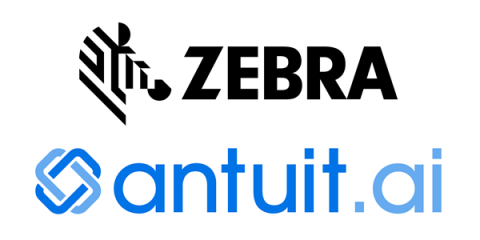From Birth to Retirement: The Dynamics of Asset Lifecycle Management
Managing the lifecycle of assets plays a significant role in how organizations monitor, maintain, and enhance their assets from the moment they are obtained until they are disposed of. This proactive strategy guarantees that both physical and intangible assets are utilized to their potential throughout their lifecycle, leading to increased efficiency and overall success for businesses. In this article, we will explore the stages of asset lifecycle management and discuss some effective strategies for handling assets from inception to retirement.









